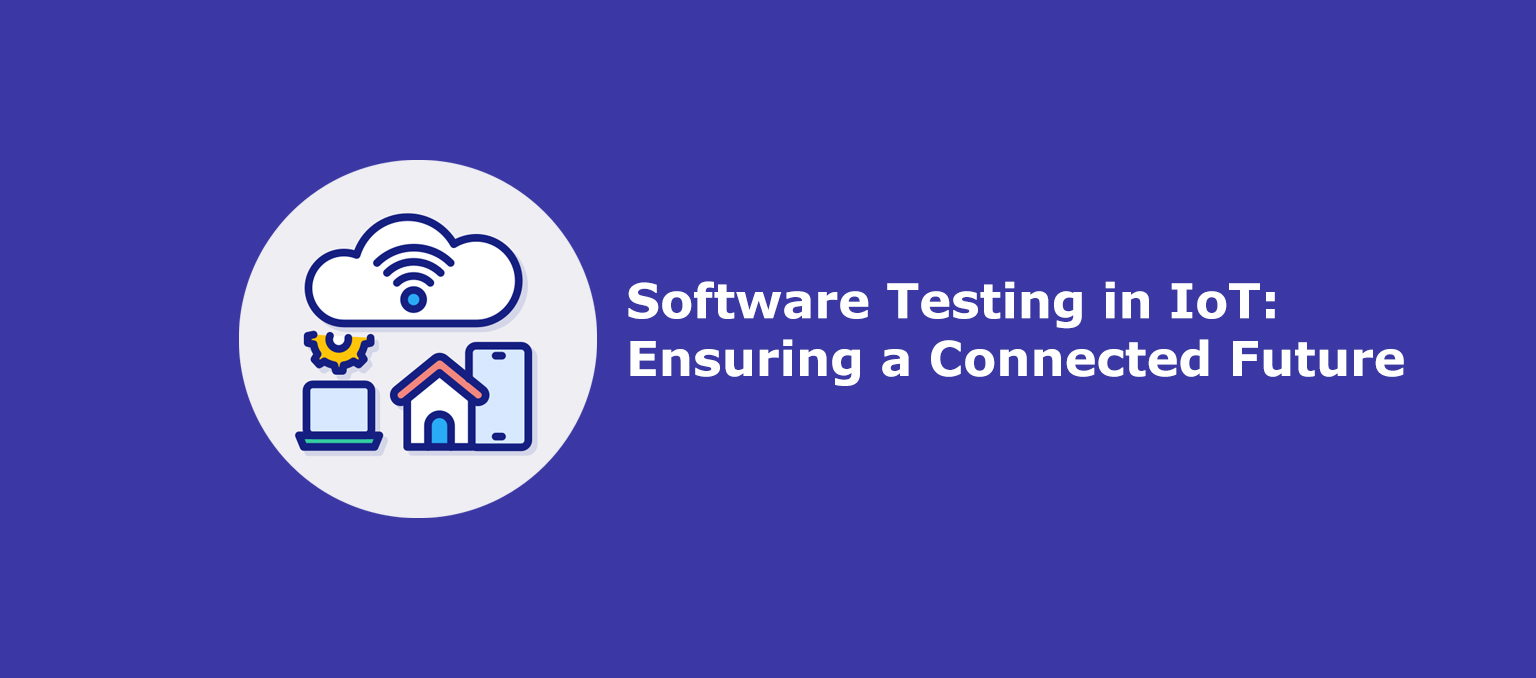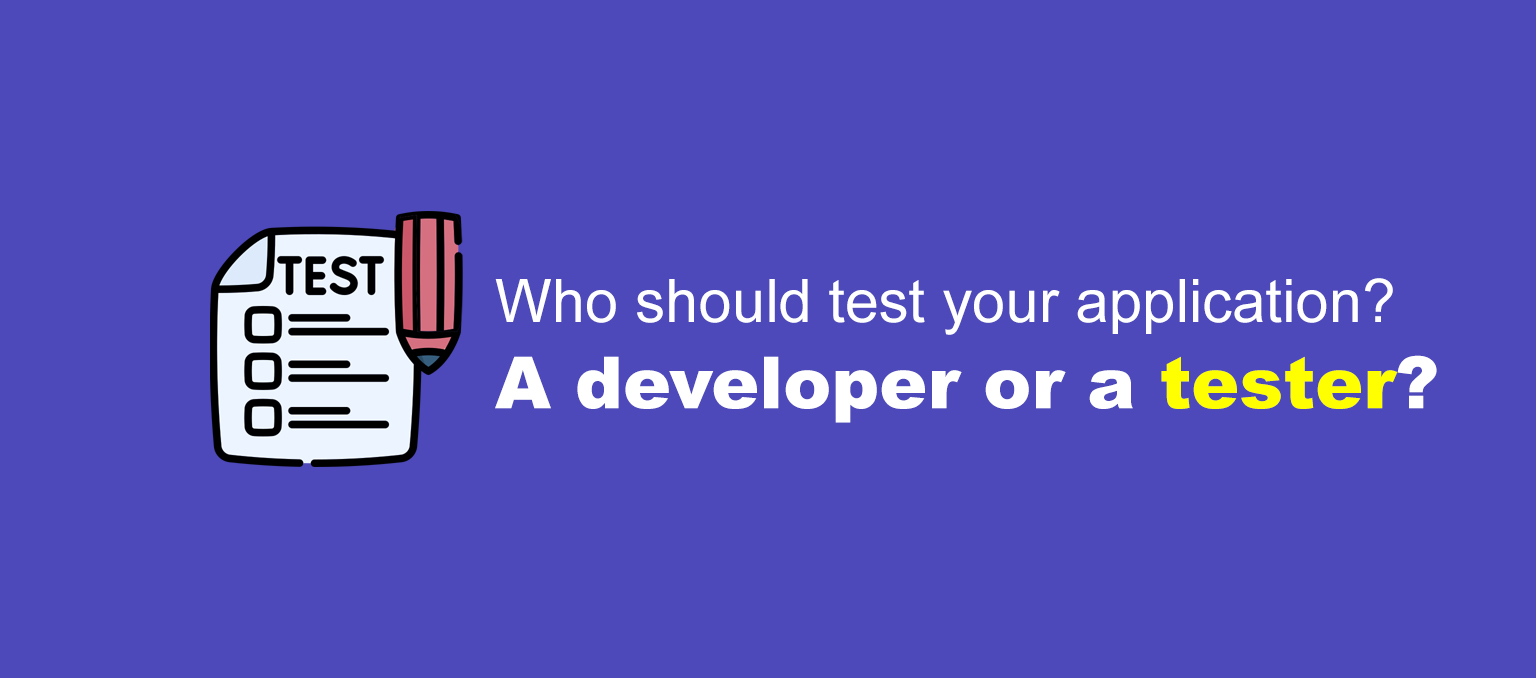In the dynamic landscape of financial technology (fintech), where innovation unfolds at a rapid pace, the significance of user experience testing cannot be overstated. User experience (UX) testing plays a pivotal role in shaping the success of fintech applications by ensuring they meet the evolving needs of users.
This blog delves into the importance of user experience testing in fintech applications, examining its impact on customer satisfaction and adoption.
Understanding User Experience Testing
User experience testing involves the evaluation of how users interact with a product or service, with the aim of identifying and addressing potential usability issues. In the context of fintech applications, which encompass a wide array of financial services delivered through digital platforms, user experience testing becomes a critical component of the development process. This testing involves assessing the user interface (UI), navigation, responsiveness, and overall usability of the application.
Importance of User Experience Testing (UAT) in Fintech
1. Building Trust and Credibility:
Fintech applications often handle sensitive financial information, and users place a high premium on security and trust. Through rigorous UX testing, developers can ensure that security features are robust, and the overall design instills confidence in users. A positive and trustworthy user experience contributes significantly to building credibility, a crucial factor in the highly competitive fintech sector.
2. Optimizing User Interface (UI):
The UI is the gateway through which users interact with fintech applications. A well-designed UI, refined through meticulous testing, enhances user engagement and satisfaction. Clarity in design, intuitive navigation, and a visually appealing interface contribute to a positive user experience, making users more likely to adopt and stick with the application.
3. Enhancing Accessibility:
Fintech services should be accessible to a diverse user base. UX testing ensures that applications are inclusive, considering users with different abilities and requirements. By focusing on accessibility features, such as screen reader compatibility and keyboard navigation, fintech companies can broaden their user base and provide financial services to a more extensive and diverse audience.
4. Streamlining Processes and Workflows:
Fintech applications often involve complex financial transactions and processes. Through user experience testing (UAT), developers can identify bottlenecks, streamline workflows, and simplify processes. This not only improves user satisfaction by making interactions more efficient but also reduces the likelihood of errors, contributing to a seamless user experience.
5. Adapting to User Behavior:
User behavior evolves, and fintech applications must adapt to meet changing expectations. UX testing involves analyzing user feedback and behavior patterns to identify areas for improvement. Regular testing allows developers to stay ahead of user needs, ensuring that the application remains relevant and appealing over time.
Impact on Customer Satisfaction
1. Reduced Friction and Frustration:
A well-tested user experience minimizes friction and frustration, leading to higher customer satisfaction. Users are more likely to engage with an application that functions seamlessly, without unexpected errors or confusing interfaces. A positive first impression can significantly impact how users perceive the overall service.
2. Increased User Retention:
Fintech companies face fierce competition, and retaining users is as important as attracting new ones. A positive user experience, validated through testing, contributes to higher user retention rates. Users who find value in the application and enjoy a smooth, user-friendly experience are more likely to remain loyal customers.
3. Positive Word-of-Mouth:
Satisfied users become brand advocates, sharing their positive experiences with others. Word-of-mouth recommendations can significantly influence the adoption of fintech applications. Therefore, investing in user experience testing is not just about satisfying current users but also about creating a positive reputation that attracts new users.
Impact on Adoption
1. Accelerated Onboarding:
Fintech applications often require users to navigate complex financial tools. Effective UX testing streamlines the onboarding process, making it more intuitive and user-friendly. An easy-to-understand onboarding experience accelerates user adoption by reducing the learning curve and encouraging users to explore and utilize the full range of features.
2. Increased Conversion Rates:
User experience directly influences conversion rates. Whether it’s completing a financial transaction, signing up for a new service, or simply navigating the application, a positive user experience increases the likelihood of users taking desired actions. This, in turn, contributes to higher conversion rates and a more successful fintech application.
3. Competitive Advantage:
In a crowded fintech landscape, where users have numerous options, a superior user experience can be a significant competitive advantage. Fintech companies that invest in UX testing differentiate themselves by providing a more enjoyable and efficient experience, attracting users away from competitors and solidifying their position in the market.
Conclusion
User experience testing (UAT Testing) is not merely a checkbox in the development process; it is a strategic imperative for fintech companies aiming to thrive in a competitive market. By prioritizing UX testing, fintech applications can build trust, enhance customer satisfaction, and drive user adoption. The impact is not only felt in the short term but also positions the application for long-term success by adapting to user needs and preferences in an ever-changing financial landscape. As fintech continues to evolve, the role of UX testing remains instrumental in ensuring that digital financial services meet the expectations of an increasingly diverse and discerning user base.





